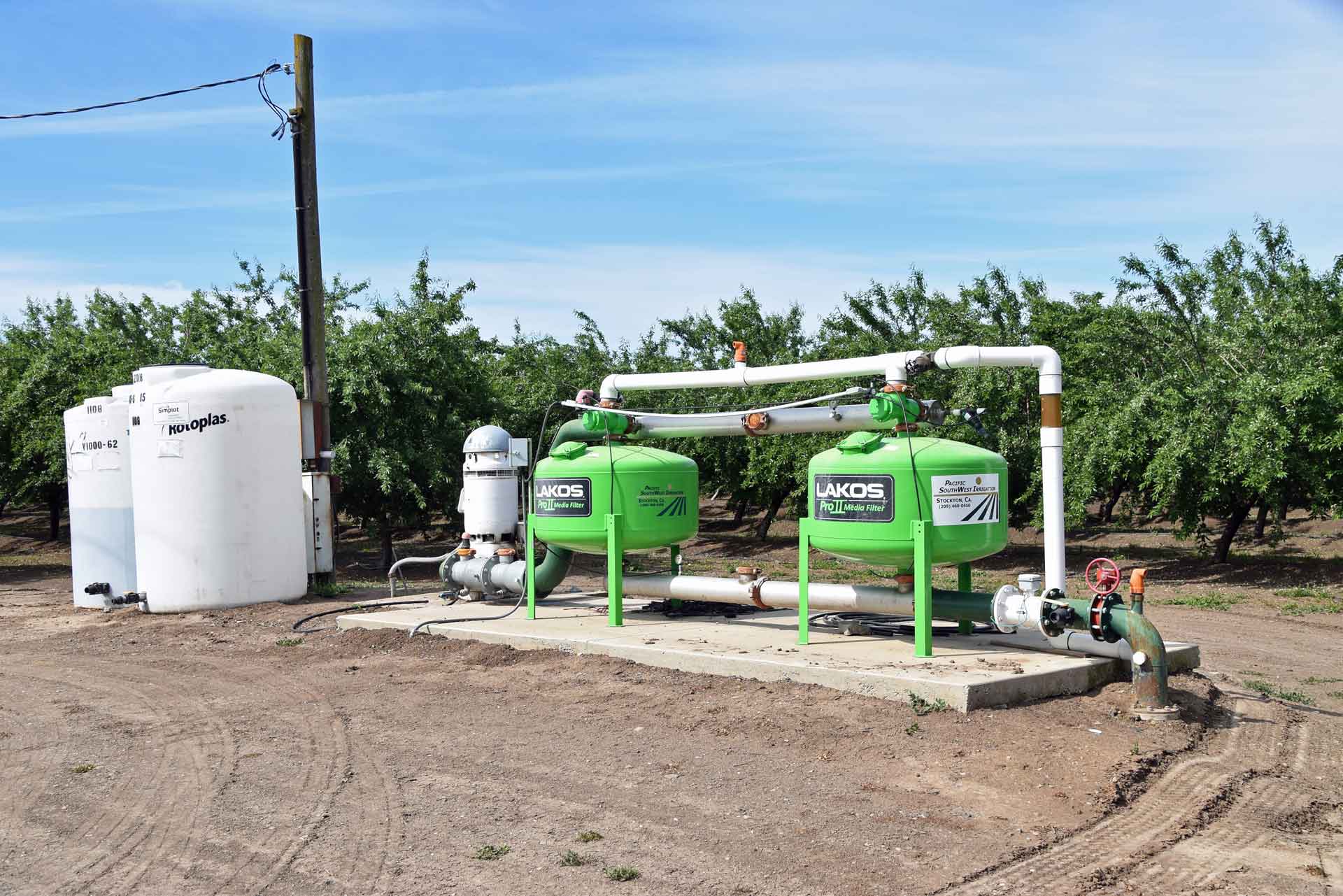
Tank mixing may often seem like a straightforward process, but one wrong chemistry and the mix could go awry.
A multitude of different reactions can take place with chemistries in a typical tank mix, but some tell-tale signs of a bad mix include production of a colored or colorless gas, carbon dioxide formation, or the generation of heat/cold, according to Christopher Underwood, head of Product Development at Custom Agronomics and speaker at the 2021 Crop Consultant Conference.

One of the most common signs of a bad mix that most people see, Underwood said, is the formation of a chemical fallout or precipitant. If a chemical comes out of solution when it didn’t start as a solution, something likely went wrong, he said.
While growers are usually cognizant of mixing the wrong pesticides together, Underwood said that it is actually fertilizer mixtures that see the most issues, specifically those that include potassium and sulfur. When a mix contains too stout a concentration of potassium along with a nitrate solution, such as urea ammonium nitrate, he said, a chemical fallout of potassium nitrate can occur. The same is true with ammonium sulfate and potassium; fallout of potassium sulfate can occur.
Issues with tank mixing chemistries are usually a matter of someone trying to cut corners and/or skip steps, Underwood said. However, he noted that California growers and PCAs are typically more informed on the nuances of tank mixes as a result of the state’s strict chemical guidelines and education requirements.
When asked about getting better educated on tank mixing chemistries, Underwood suggested resources from the Fluid Fertilizer Foundation as well as the Compendium for Herbicide Adjuvants produced by Purdue Extension and Southern Illinois University. He also recommended Wikipedia as a valid chemistry source and said that a majority of chemistry information on the site is reliable.















